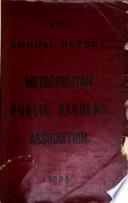
Beberapa aspek perkembangan ekonomi nasional dan internasional
- ISBN 10 : UOM:39015017911945
- Judul : Beberapa aspek perkembangan ekonomi nasional dan internasional
- Pengarang : Rustian Kamaluddin,
- Kategori : Indonesia
- Bahasa : id
- Tahun : 1989
- Halaman : 162
- Google Book : http://books.google.com/books?id=l0wWAQAAMAAJ&dq=intitle:ekonomi+internaskonal&hl=&source=gbs_api
-
Ketersediaan :
Dan baru pada tahun 1987 , setelah selang waktu tiga dekade , hasil karya
pemikirannya itu mendapat pengakuan dan penghargaan ilmiah secara
internasional dengan perolehan anugerah Hadiah Nobel di bidang ilmu ekonomi
. Ini berarti ...









